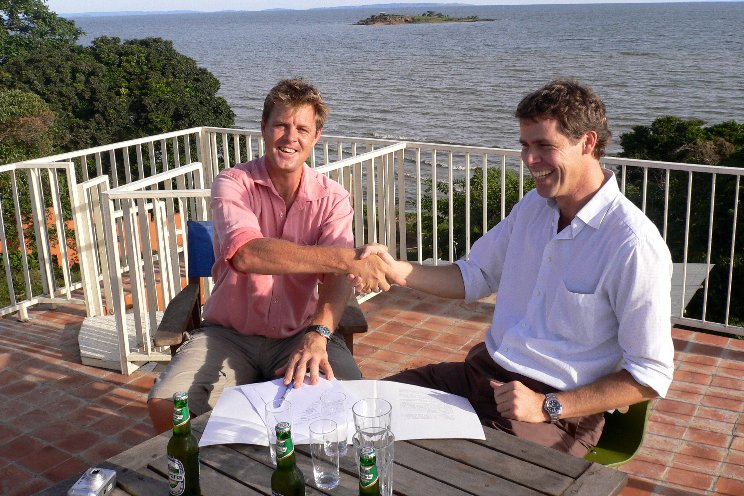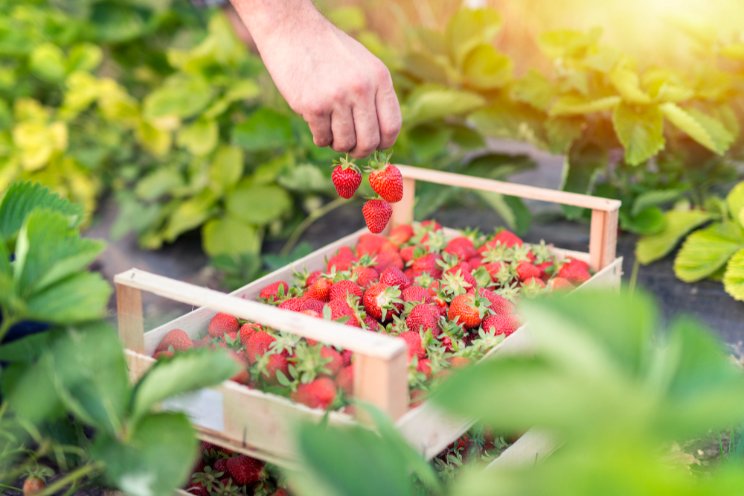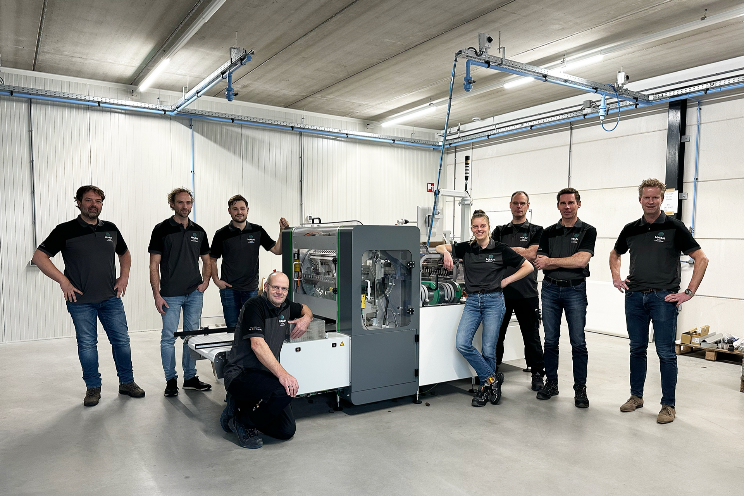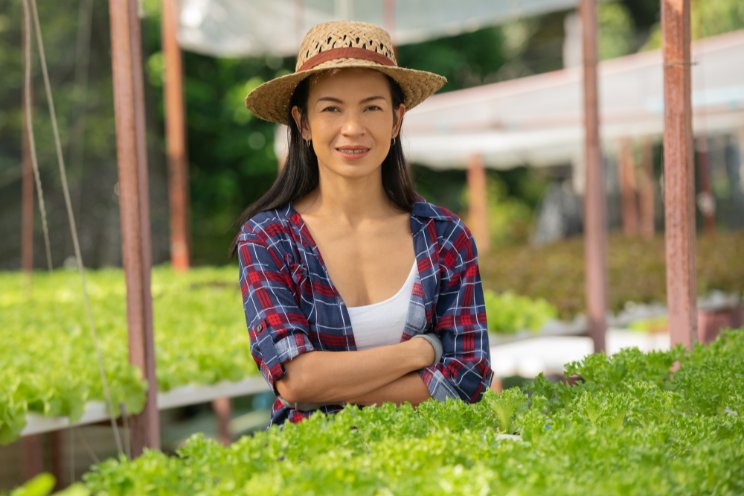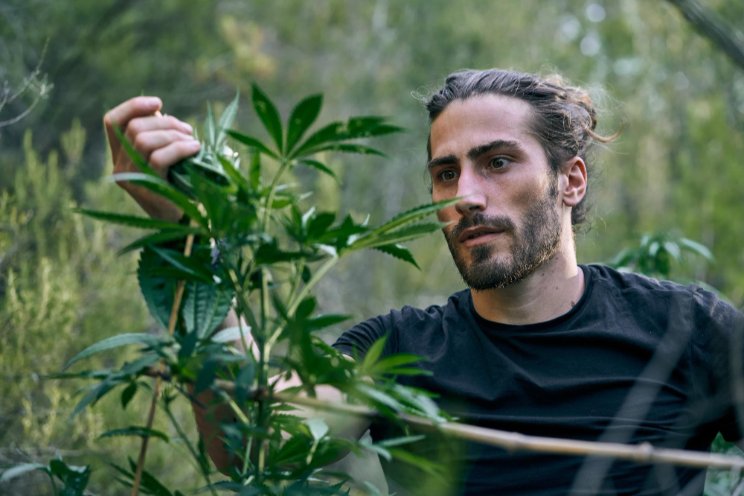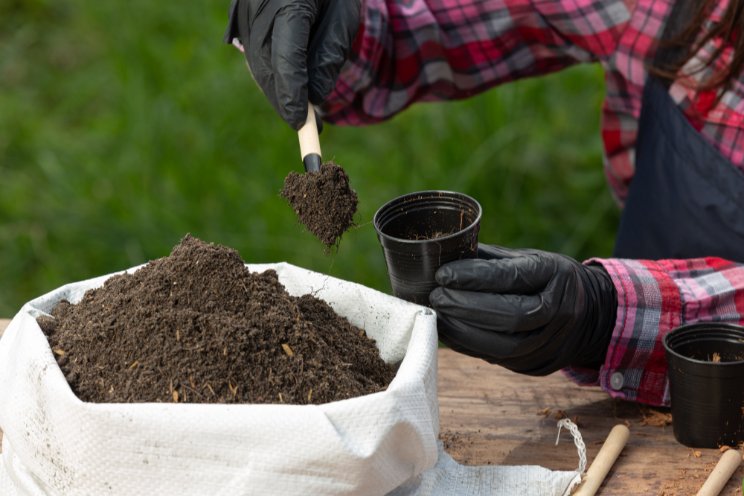VIDEO: Greenhouse around home to stay warm and grow food
Added on 07 January 2020
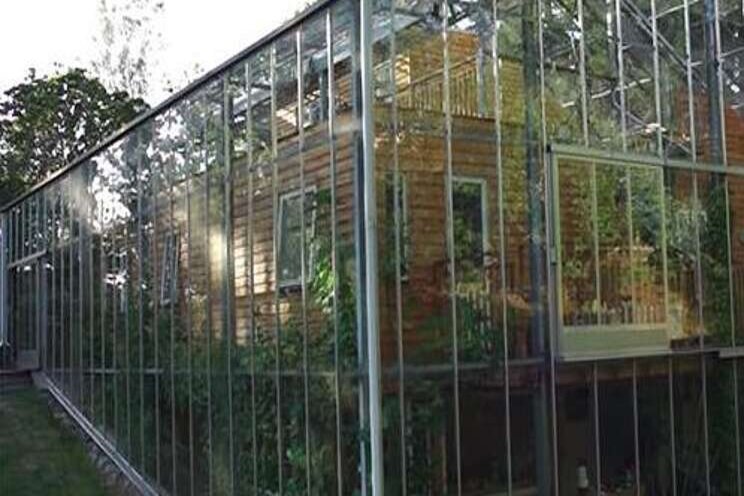
Click here to watch the short video.
The Naturhus Concept.
Where did this ingenious idea come from? Marie and Charles took their inspiration from the Swedish architect Bengt Warne who constructed the first "Naturhus" (Nature House) in Stockholm in 1974. There are a small number of these homes that have been built in Germany and Scandinavia.
Originally, Charles had been intending to find an empty lot and build a Naturhus from scratch. In the end, he found that extending an already existing summer house was the most affordable option, and from this point he followed Warne's design for the glass exterior. The modest wooden summer house is literally wrapped within a greenhouse! The greenhouse itself is constructed from durable 0.15 inch security glass, designed to withstand usual levels of damage.
An Adaptable, Light-Filled Home.
The glass construction around the wooden summer house allows them to enjoy their beautiful 'outdoor' terrace no matter what the weather. They actually removed a part of the roof of the original house in order to create a larger area for play, rest and relaxation. They have a swing and a basketball hoop set up for their young children, and there is even enough space for the boys to ride their bicycles!
Marie speaks enthusiastically about how the greenhouse protects them from wind, rain and storms as well as keeping the cold at bay. She says that they no longer suffer from the 'bad weather blues' in the way that many of her neighbors do. As the interior house is so well protected from the elements, they only need to treat the wood construction with with a layer of natural linseed oil, avoiding the use of any chemical products.
Natural Temperature Regulation.
The solar energy that the house captures means that there was no need to install thick insulation, as is common practice in Sweden. As well as this, the family are no longer dependent on excessive, energy-consuming heating. They have their own store of wood and a simple wood-burning stove to provide additional heat on the very coldest winter days. Marie says that they take a "realistic" approach, and expect to put on warmer clothes on colder days, understanding that their natural home will have some natural temperature fluctuations.
Charles talks about how the house heats up effectively with just an hour of sunlight, and in January when outdoor temperatures can be below 32°F, their home within the glass is a comfy 59°F-68°F. In the warmer months, the glass roof has an automatic opening which releases heat when the atmosphere goes above a certain temperature. Balcony doors and windows can also be opened by hand to get the air flowing, making the house adaptable to the demands of summer too.
A Bountiful Home Harvest.
The footprint of the greenhouse is nearly double the size of the interior home, which gives plenty of space for a beautiful wrap-around garden. This allows them to make use of the greenhouse's traditional function - that of growing plants. Charles and Marie are able to cultivate crops that would otherwise be impossible in the cool Swedish climate. They enjoy regular harvests of grapes and figs, as well as being able to extend their vegetable growing season and have success with heat-loving crops such as cucumbers and tomatoes.
A Self-Sufficient Approach.
On top of enjoying the free heat of the sun, the family have an underground rain-water catching tank that provides water for their plants. The plants also benefit from a clever composting system. Charles is an engineer by training, so the family have urine separating toilets connected to a completely natural, home-designed system with various tanks as well as gray water beds that filter and clean their waste and provide a fertile home for more plants. An outdoor pond provides a final resting place for any residues that can't be used within the home, and this also provides extra nourishment for some fruit trees.
In the future, Marie and Charles intend to design further ways of capturing the spare solar energy generated in the summer and storing it for use in the winter.
Take a look for yourself and be inspired by what is possible with a little bit of creative thinking!
Source and Photo Courtesy of Ask a Prepper
Source: Ask a Prepper
More news
